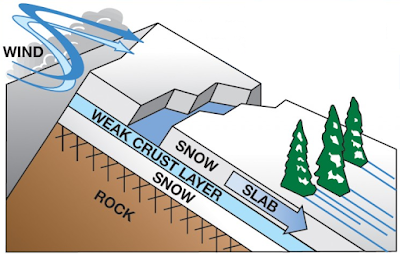A woman and her twelve-year-old son have been confirmed dead following an avalanche at Pyhäkuru slope in the Pallastunturi Fells of Finnish Lapland on Tuesday 2 January 2024. The pair, who have not been named, but have been identified as having come from the town of Korsnäs in Ostrobothnia, 700 km to the south, called for help from Lappland Rescue Service after getting into trouble with high winds and extreme cold, but when they arrived at the site there were no signs of the two. Attempts to locate them were hampered by high winds (about 40 m per second), extreme cold (about -23°C at the time of the incident), and limited light conditions (the Sun rose in the region on Friday 5 January for the first time in a month, earlier in the week light was limited to about five hours of twilight per day). The body of the woman was found by a Lapland Police Department rescue team at about 10.00 pm on the day of the avalanche, that of the boy was not recovered until the morning of Thursday 4 January.
Avalanches are caused by the mechanical failure of snowpacks; essentially when the weight of the snow above a certain point exceeds the carrying capacity of the snow at that point to support its weight. This can happen for two reasons, because more snow falls upslope, causing the weight to rise, or because snow begins to melt downslope, causing the carrying capacity to fall. Avalanches may also be triggered by other events, such as Earthquakes or rockfalls. Contrary to what is often seen in films and on television, avalanches are not usually triggered by loud noises. Because snow forms layers, with each layer typically occurring due to a different snowfall, and having different physical properties, multiple avalanches can occur at the same spot, with the failure of a weaker layer losing to the loss of the snow above it, but other layers below left in place - to potentially fail later.
Pyhäkuru slope is popular with freeskiers, but local residents consider it to be extremely dangerous in bad weather. In high winds loose snow from the surrounding area can pile up against the side of the slope, making it appear much less steep than it actually is, but this snow is only loosely packed, and will easily give way if people venture onto it, making skier-induced avalanches a frequent problem.
See also...








